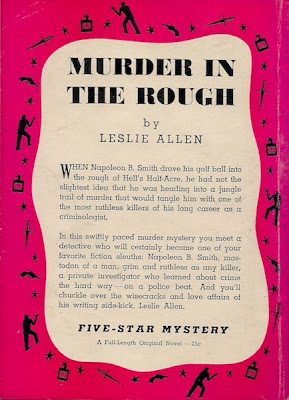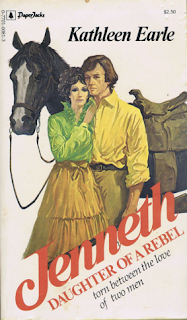
As 2012 draws to a close, I find myself wondering whether this was the year in which we should have been celebrating the sesquicentennial of William Wilfred Campbell's birth. If so, where would we have held the parade?
It's a mystery to me that such uncertainty envelopes the date and place of this Confederation Poet's birth. After all, 'twas only 150 (or so) years ago; one would think that the son of an Anglican clergyman would have a good solid record of his christening.
The plaque pictured above, standing not twenty paces from Campbell's grave at Ottawa's Beechwood Cemetery, tells visitors that the poet's year of birth was 1862, yet the unusual bench/memorial marking the grave itself records the year as 1858.
In her Introduction to William Wilfred Campbell: Selected Poetry and Essays (1987), editor Laurel Boone writes that the poet was born in 1860 at Athens, a township not too far from Brockville in eastern Ontario. Ms Boone revises her claim in the fourteenth volume of The Dictionary of Canadian Biography (1994), providing only a probable date – 15 June 1860 – and a likely place of birth: Newmarket, some 300 or so kilometres to the west.
In her Introduction to William Wilfred Campbell: Selected Poetry and Essays (1987), editor Laurel Boone writes that the poet was born in 1860 at Athens, a township not too far from Brockville in eastern Ontario. Ms Boone revises her claim in the fourteenth volume of The Dictionary of Canadian Biography (1994), providing only a probable date – 15 June 1860 – and a likely place of birth: Newmarket, some 300 or so kilometres to the west.
Tracy Ware is confident in The Canadian Encyclopedia, naming Berlin – now Kitchener – as Campbell's birthplace, but shows caution concerning the date: "1 June 1858?"
In his Encyclopedia of Canadian Literature, W.H. New shows no hesitation whatsoever: "b Berlin (Kitchener), ON, 1 June 1858".
The entry George Wicken penned for The Oxford Companion to Canadian Literature challenges with the pronouncement that Campbell was born in 1860 "in Newmarket, Canada West (not in Berlin/Kitchener, in 1858, as has been supposed)".
All agree, at least, that Campbell was born somewhere in Ontario in 1858 or 1860, but there's not a single source out there that supports 1862, the year cast (pun intended) by Beechwood. I'd like to think that the cemetery's plaque is the result of further research, but I'm not so sure. My queries have brought this response:
From the information available in our records, the informant for the passing of Mr. William Wilfred Campbell was his son in law [sic] Mr. E. Malloch. He is probably the person who provided the information on Mr. Campbell to the funeral home (‘Rogers & Burney Fineral Home’) and to the cemetery. Our records indicate that Mr. Campbell was 56 when he passed, that is why you get the ‘abt 1862’ year of birth on the ancestry website. We do not have any other details on the date of birth.Confidence is further shaken by the plaque itself, which sums up Campbell's life in just two sentences:
AN OUTSTANDING FIGURE IN CANADIAN POETRY, CAMPBELL HAD A LONG AND DISTINGUISHED CAREER AS A WRITER, CLERGYMAN AND CIVIL SERVANT. HE AUTHORED MANY NOVELS AND WAS APPOINTED INTO THE DEPARTMENT OF MILITIA IN 1883 AND THEN IN 1897 MOVED TO THE PRIVY COUNCIL OFFICE."HE AUTHORED MANY NOVELS"?
I knew of two obscurities, Ian of the Orcades (1906) and A Beautiful Rebel (1909), when I began this investigation. I've since learned of a third, "Richard Fizzell", which was serialized in 1909 and 1910 issues of The Christian Guardian (it has never appeared in book form). Apparently, two others exist as manuscripts only.
Can this be considered "MANY"?
Perhaps.
Meanwhile, the real Mystery at Beechwood Cemetery remains unsolved.
Maybe next year.
































